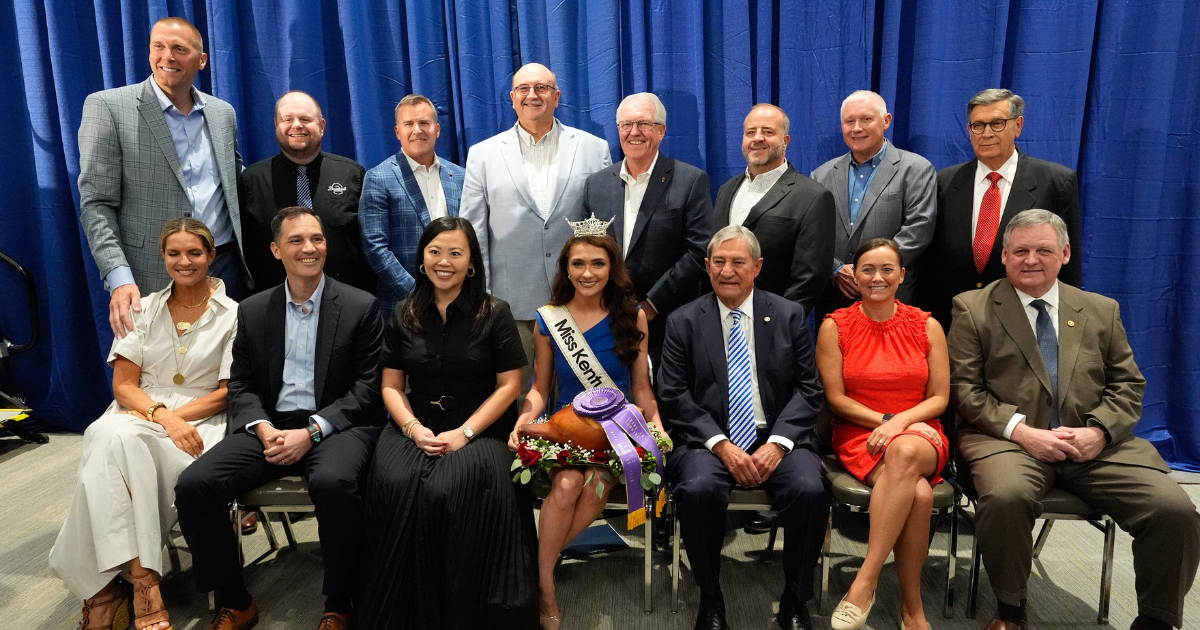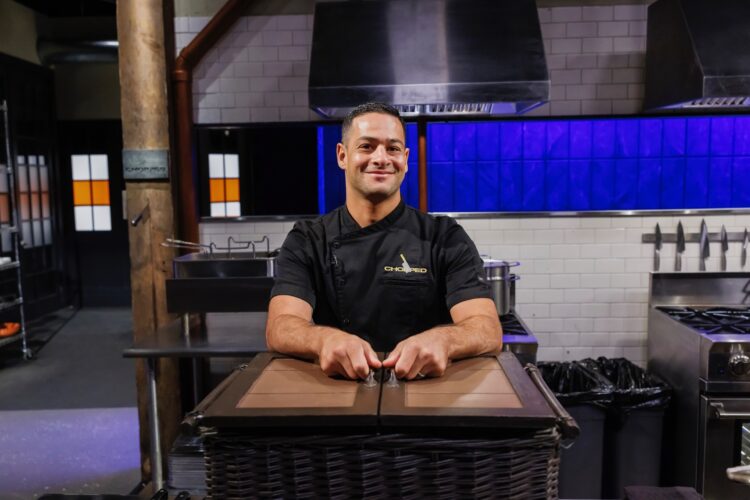This story is part of America’s Evolving Cities, a USA TODAY Network project that takes a close look at four regions across the country and their unique paths to success — and how residents have benefited or suffered along the way.
Construction cranes dot the downtown Phoenix skyline, bringing hundreds of new housing units to the urban core of the city where vacant lots stood for years. Arizona State University students fill the coffee shops and streets between classes as self-driving cars pass by.
The energy and attraction of downtown is in stark contrast to the view of two decades ago, when the city center became a ghost town after government workers went home for the day.
Downtown, which didn’t even have a full-size grocery store until 2019, now boasts a huge presence from all three public Arizona universities, including a planned medical school. Two professional sports teams call downtown home, and more than 2,000 new apartment units will hit the market in the next year.
The changing tapestry of downtown Phoenix mirrors the growth of the city as a whole, which has added population faster than almost any other large U.S. city in the past decade. In that time, Phoenix surpassed Philadelphia to become the fifth-largest city in the country.
The population is growing, and a burgeoning food and entertainment scene is taking shape. And a willingness to embrace change has made the area a hub for innovation. On average, 280 more people moved to Phoenix than left it every day last year.
They seek more options for food, entertainment, jobs and housing — and demand more of the city’s infrastructure.
Homebuilders added 38,310 new housing units in 2024 across Maricopa County, more than any county in the nation, according to census data released in May.
Phoenix is a city of innovation
Phoenix has reinvented itself time after time, mostly out of necessity. Developing in a desert requires proactive water planning. More than 100 years ago, Roosevelt Dam, about a two-hour drive northeast of the city, helped tame the Salt River, and the state now also gets more than a third of its water from the Colorado River.
Living in a place where temperatures consistently top 110 degrees can seem impossible to an outsider, and access to places to cool off can be the difference between life and death. It has given Phoenix a reputation elsewhere as an inhospitable place, but there’s much more to it.
Aside from the natural obstacles to the city’s success, economic devastation from the Great Recession forced Phoenix to embrace new industries and diversify its economy.
It also meant putting the city on the cutting edge of emerging technologies, including some that seem futuristic.
The city, like much of the region, has embraced driverless cars earlier than any other. It has the largest contiguous operating territory in the world for Waymo, the industry leader in autonomous vehicles.
Leaders are already plotting the next step. Phoenix Mayor Kate Gallego said the city and state are working on a plan for advanced aerial transportation, meaning creating locations where aerial vehicles — flying cars — can take off and land. Arizona’s first Advanced Air Mobility Summit was held in Scottsdale in 2024, where attendees discussed electric-powered aircraft that could take off and land vertically. The development of such craft would position Phoenix on the cutting edge for transportation advancements.
Relative affordability, year-round sunny weather and outdoor recreation drive many people to move to Phoenix. Residents can enjoy a two-hour drive to see snow in the winter but can sip a drink on a patio nearly all year or hike some of the biggest urban parks in the country without seeing the skyline.

Phoenix growth always sprawled outward
Years of marketing the Phoenix area as a favorable place to do business seems to be paying off. The city’s economy, once over-reliant on housing construction and tourism, has grown and diversified, making it more resilient.
The growth of major industries, especially the arrival of Taiwan Semiconductor Manufacturing Co., which is building a $165 billion plant in north Phoenix, has put the state on the map more than ever for international investment. Nearly a quarter of the companies working with local business development authorities are international. That’s up from about 10% before 2010, said Chris Camacho, president and CEO of the Greater Phoenix Economic Council.
Development around TSMC near Loop 303 and Interstate 17 will also bring more business and residential growth to the area. A $7 billion development next to the semiconductor campus in its early stages and huge swaths of open desert are moving through the urban planning pipeline.
“The numbers are unheard of,” said Greg Vogel, CEO of brokerage Land Advisors Organization. “I’m not aware of anywhere in the world with this much capital being expended” within a few thousand acres, of which TSMC occupies 1,128.
Jeff Patz moved to Phoenix from Florida two years ago to take an engineering job at TSMC.
“I see my future here as I look out the window,” he said from the sprawling tech facility.
The 29-year-old enjoys hiking with his dog and wife in the mountain trails in and around the city. He also likes tubing down the Salt River, a major water source for metro Phoenix, and appreciates the Bohemian-style nightlife of a monthly outdoor art fair called First Friday, near downtown.
While new jobs and cutting-edge industries have boosted the economy, some areas of the city have been slower to benefit.
In Maryvale, the west Phoenix neighborhood that comprises the densest of the city’s villages and youngest by population, growth and change are happening gradually. The area, which has a majority population of Latino residents, finds itself grappling with cultural and political changes and gentrification.
Desert Sky Mall, a community gathering place in Maryvale, has become known as a hub for Hispanic-owned businesses and specialty stores that cater to the diverse community, which has grown to include African, Southeast Asian, Arabic, and Persian-owned businesses.
“The diversity that this mall has is so valuable,” Eva Garcia, the owner of two businesses in the mall, said.
The South Central Extension of the Valley Metro light rail system is expected to bring billions of dollars in investment to south Phoenix, an area long overlooked by planners and developers. It has quickly become one of the fastest-growing areas for new housing.

The Valley Metro light rail at night.
After a history of redlining and housing discrimination in the southern stretches of the city, it remained one of the most affordable neighborhoods in Phoenix. But that, too, is changing as new housing developments push up prices.
“With light rail, there’s definitely some opportunity for change when it comes to housing,” said Victor Vidales, a real estate agent who lives in south Phoenix and is a member of the community group SoPho Convening. “We are missing the middle housing, particularly for multigenerational families, but there’s still a lot of vacant land available.”

Despite growth, headwinds remain for Phoenix’s future
Growth in metro Phoenix has felt exponential, and some have noticed the growing pains that come with more people on the roads and new development in neighborhoods. Other challenges, like maintaining the availability of water and power, and educational attainment remain ongoing challenges.
In north Phoenix near Desert Ridge, residents have had to grapple with the approval of an unpopular commercial development, pitched as a way to expand access to groceries and restaurants in an area that has seen rapid residential growth.
Customers of Arizona Public Service, Arizona’s largest power provider, set power usage records in both 2023 and 2024. The growing demand highlights the need for a diversified, robust power supply, while prolonged drought and a growing population have meant water planning is paramount to sustaining development.
Keeping cool is a matter of life and death. According to Maricopa County, 602 people died from heat-related issues in 2024, and eight more deaths are under investigation. That is more than 10 times the number of people who died from heat-related issues in 2014.

The Downtown Phoenix skyline as seen on Sept. 24, 2018. Downtown Phoenix has evolved from nearly a ghost town in the 1990’s to the vibrant downtown today.
Securing water and having the infrastructure to supply it will be crucial in determining how the city will develop.
“If you talk to a water expert and they tell you this is not a unique, unsettled moment (for water) in history in central Arizona, they’re lying to you,” Cynthia Campbell, director of policy innovation for the Water Innovation Institute at Arizona State University, said. “It is a slightly unsettled time. But we’re not in crisis. We’re not running out of water.”
And maintaining a qualified workforce to fill the jobs coming to Arizona also stands as a possible barrier to growth.
As the city continues to attract top companies, the state’s education system has come to a crossroads.
Experts warn that if Arizona does not see more people going to college or trade school, Phoenix could expect less future economic growth than it has grown used to. Fewer than half of all Arizonans have some level of higher education, whether that be a college degree or professional certificate.
That could have serious implications for Arizona’s and Phoenix’s economy, said Rich Nickel, who serves as the president of Education Forward Arizona, a local education advocacy group. If the state does not see more students heading to college or trade programs soon, Phoenix’s economy could lose momentum.
“Phoenix is kind of in a once-in-a-lifetime situation,” Nickel said.
Those barriers, some leaders and economic development professionals say, will need to be addressed, and quickly, to keep up the fast clip of growth the region has seen in the past decade.
“Continuing to develop the infrastructure that will accommodate the region’s population growth and increase in advanced manufacturing will be pivotal to the next stage of the economy,” Camacho said. “Ensuring utilities and the power grid remain modernized, continuing our history of smart water usage and conservation, and expanding our transportation corridors will allow greater Phoenix to reach its potential as an international center for advanced technology and manufacturing.”
Corina Vanek covers development for The Arizona Republic. Reach her at cvanek@arizonarepublic.com. Follow her on X @CorinaVanek.
This article originally appeared on Arizona Republic: Phoenix: The lure of innovation brings thousands of new arrivals














